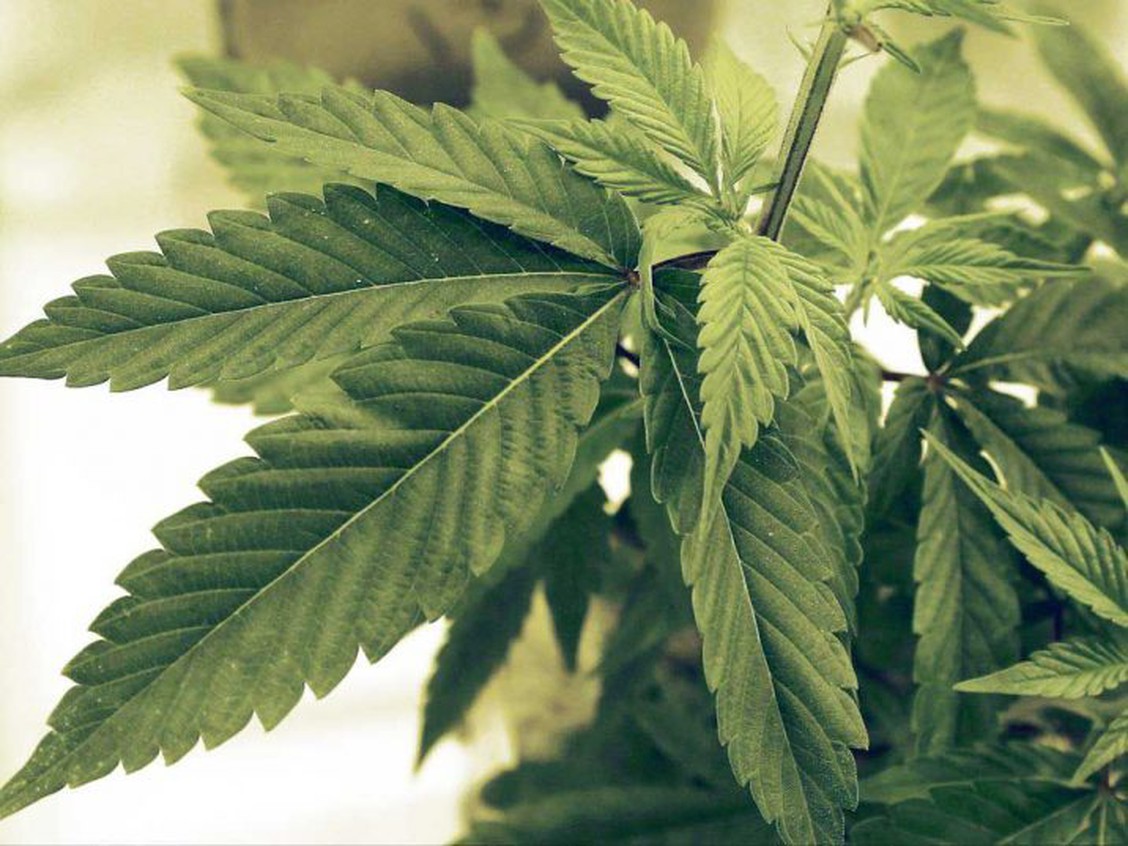You are here
Home 🌿 Marijuana Politics 🌿 UN: Countries should consider banning cannabis product advertising given 'the gap in risk perception and reality' 🌿UN: Countries should consider banning cannabis product advertising given 'the gap in risk perception and reality'

The new 2021 World Drug Report shows cannabis potency has skyrocketed in parts of the world and that has the United Nations Office on Drugs and Crime (UNODC) thinking member states should consider outlawing weed advertising.
In just 24 years, “cannabis potency had increased by as much as four times in parts of the world, even as the percentage of adolescents who perceived the drug as harmful fell by as much as 40 per cent,” notes a UNODC press release accompanying the release of the report Thursday.
From 2002 to 2019, THC climbed from about six per cent to more than 11 per cent in Europe; in the U.S., THC levels increased from approximately four per cent in 1995 to 16 per cent in 2019.
Youth underestimation of cannabis dangers is growing “despite evidence that cannabis use is associated with a variety of health and other harms, especially among regular long-term users,” notes the statement.
UNODC executive director Ghada Waly points out “lower perception of drug use risks has been linked to higher rates of drug use,” highlighting “a gap between perception and reality” that needs to be closed.
That need is all the more apparent now, with most countries reporting higher weed use during COVID-19. A survey of health professionals from 77 countries shows 42 per cent of respondents asserted that cannabis use was on the rise, UNODC reports.
According to the report, though, “drug markets have swiftly resumed operations after the initial disruption at the onset of the pandemic.” Traffickers of illegal drugs have proved resilient and able “to adapt quickly to changed environments and circumstances.”
That situation is among the drivers of UNODC advancing a global ban on advertising cannabis products, albeit a ban that would be up to individual member countries to implement and enforce.
“A comprehensive ban on advertising, promoting and sponsoring cannabis would ensure that public health interests prevail over business interests,” the report emphasizes.

“Such a ban would need to apply across all jurisdictions.” / PHOTO BY ALEXLMX / ISTOCK / GETTY IMAGES PLUS
But UNODC suggests any such move would need to be done collectively. “Such a ban would need to apply across all jurisdictions,” the report makes clear.
The potency of products such as cannabis flower, pre-rolled joints, vaporizers, concentrates and edibles can be unpredictable and may be a public health concern, UNODC argues. And this, coupled with the mismatch between risk perception and harm posed by high-potency weed products “could increase the negative impact of the drug on young generations.”
Aggressive marketing of those products “by private firms and promotion through social media channels can make the problem worse.”
Unless authorized under the Cannabis Act, it’s a no-no to promote by several means. This includes doing so in a manner that could be appealing to young persons, by means of a testimonial or endorsement and by presenting the brand or any of its elements so that the brand is associated with glamour, recreation, excitement, vitality, risk or daring.
UNODC suggests the cannabis advertising prohibition could use the World Health Organization’s Framework Convention on Tobacco Control as a guide. “The main thing is to make sure young people are not tricked by adverts into thinking cannabis is a healthy choice, when it’s not,” Angele Me, head of research and trends analysis at the UNODC, told VICE World News.
Steve Rolles, senior policy analyst for the Transform Drug Policy Foundation, told VICE that citing the tobacco control approach amounts to “a tacit acknowledgement that the game is up — they aren’t going to turn back the tide” on legalization.
Noting more investment is needed for research into the potential harm non-medical cannabis use poses to health, the report adds an important aspect will be to evaluate “the impact of cannabis legalization on the perception of risks associated with cannabis use, particularly among young people.”
420 Intel is Your Source for Marijuana News
420 Intel Canada is your leading news source for the Canadian cannabis industry. Get the latest updates on Canadian cannabis stocks and developments on how Canada continues to be a major player in the worldwide recreational and medical cannabis industry.
420 Intel Canada is the Canadian Industry news outlet that will keep you updated on how these Canadian developments in recreational and medical marijuana will impact the country and the world. Our commitment is to bring you the most important cannabis news stories from across Canada every day of the week.
Marijuana industry news is a constant endeavor with new developments each day. For marijuana news across the True North, 420 Intel Canada promises to bring you quality, Canadian, cannabis industry news.
You can get 420 Intel news delivered directly to your inbox by signing up for our daily marijuana news, ensuring you’re always kept up to date on the ever-changing cannabis industry. To stay even better informed about marijuana legalization news follow us on Twitter, Facebook and LinkedIn.




